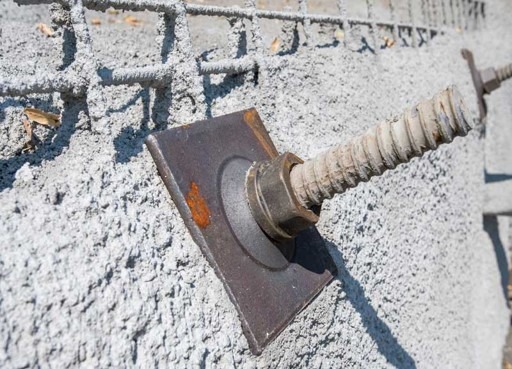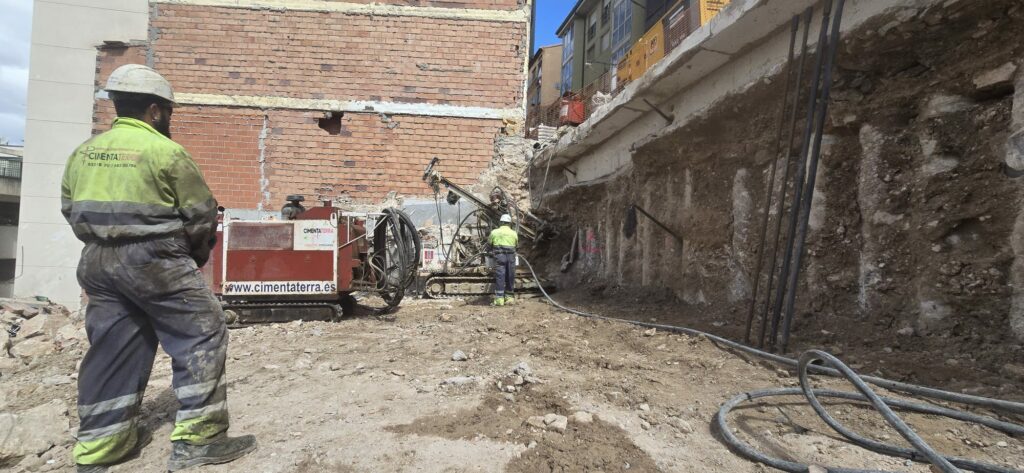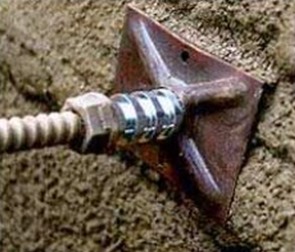Bolts
Stability bolts, the specialty
cement for rock excavations
At Cimentaterra, we specialize in the installation of bolts, a fundamental technique for stabilizing excavations in rock masses. Bolts, also known as anchor bolts, consist of the introduction of bars of different materials into the rocky terrain to improve its stability and tensile strength.
This technique, which had its origins in the mining industry, has quickly spread to the field of civil engineering due to its effectiveness and ease of execution. Bolts are made of various materials, the most common being steel and fiberglass bars.
At Cimentaterra, we are proud to offer specialized services in the installation of bolts, providing effective solutions for the stabilization of slopes and tunnels. Our team of highly trained experts takes care of every aspect of the process, from initial planning to execution and subsequent follow-up.


Advantages of bolts
What are bolts?
A bolt is a metal component designed to reinforce and support fractured or unstable rocks, preventing their collapse. It acts as a support mechanism that, when inserted into the ground, increases its rigidity or its resistance to traction and shear. When the ground attempts to deform, the bolt introduces additional stresses into the rock mass, contributing to its overall stability. It could be said that the bolts "unite" the discontinuities of the rocky terrain, preventing slips and falls of wedges and blocks, in addition to providing a confinement effect.
The length of a bolt, for construction reasons, generally varies between 1.5 and 10 meters. They are installed inside the ground through a drill from an exposed surface. However, the load capacity of each bolt is relatively low, requiring a high application density. It is common to use steel bars with a diameter of 20 to 40 mm, capable of supporting loads of approximately 10 to 25 tons.

What types of bolts exist?
A bolt can be a punctual anchor or a distributed anchor. The former are practically not used in civil engineering while, in the latter, their use is widespread.
However, bolts are frequently classified based on the stress transmission system between the bolt and the rock.

